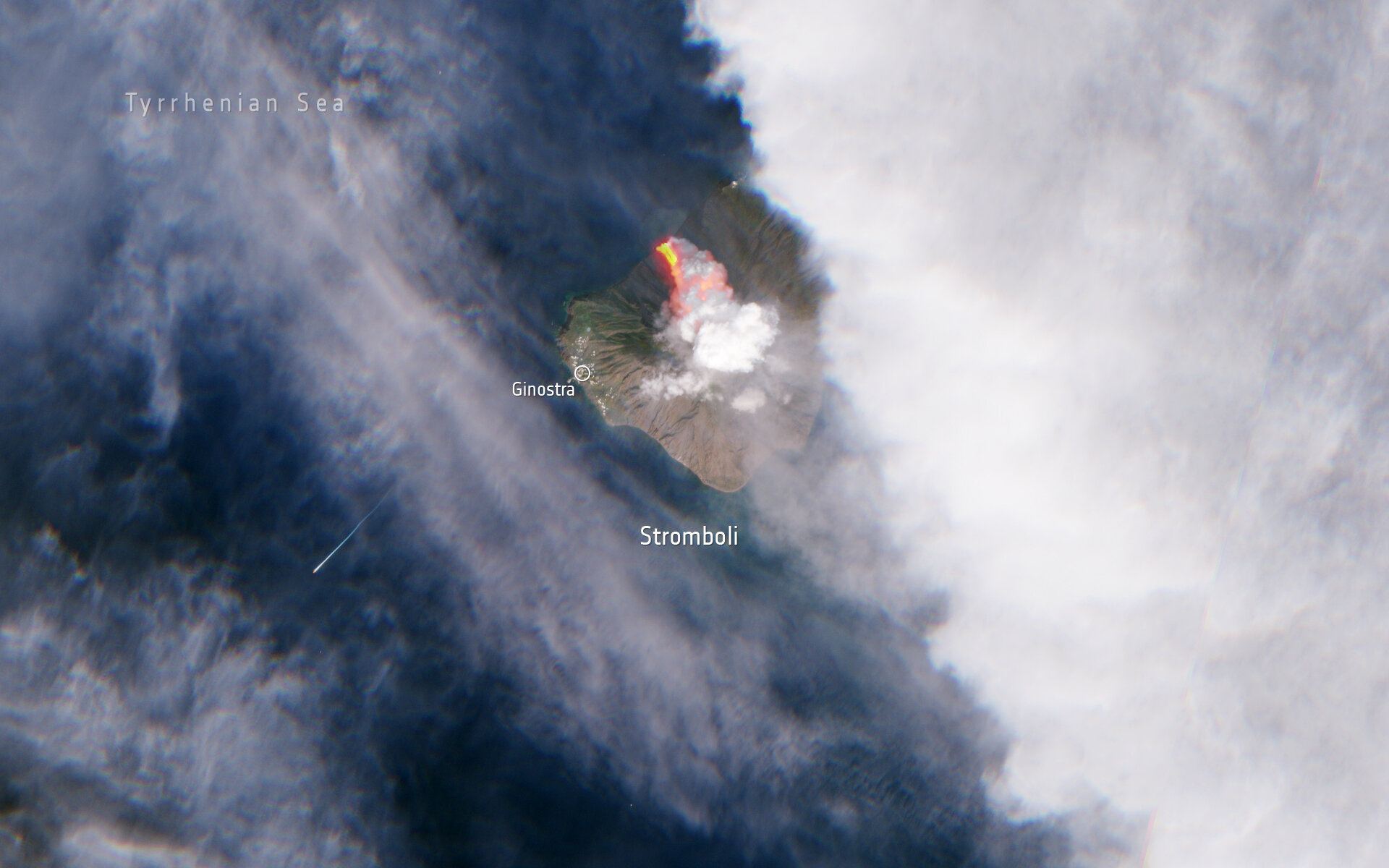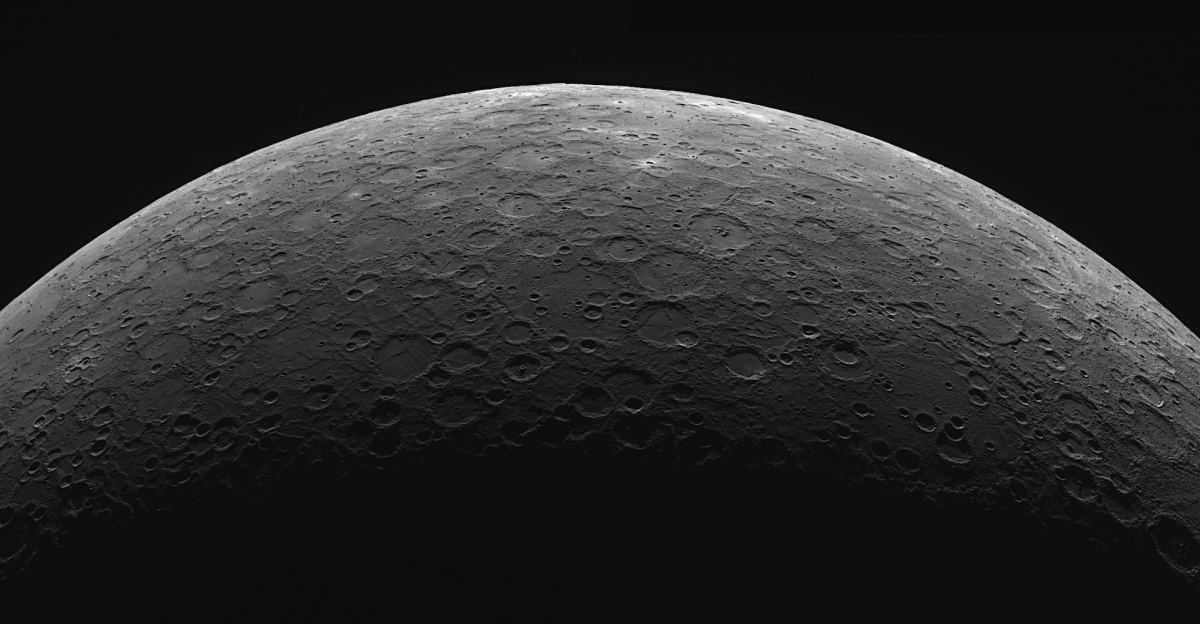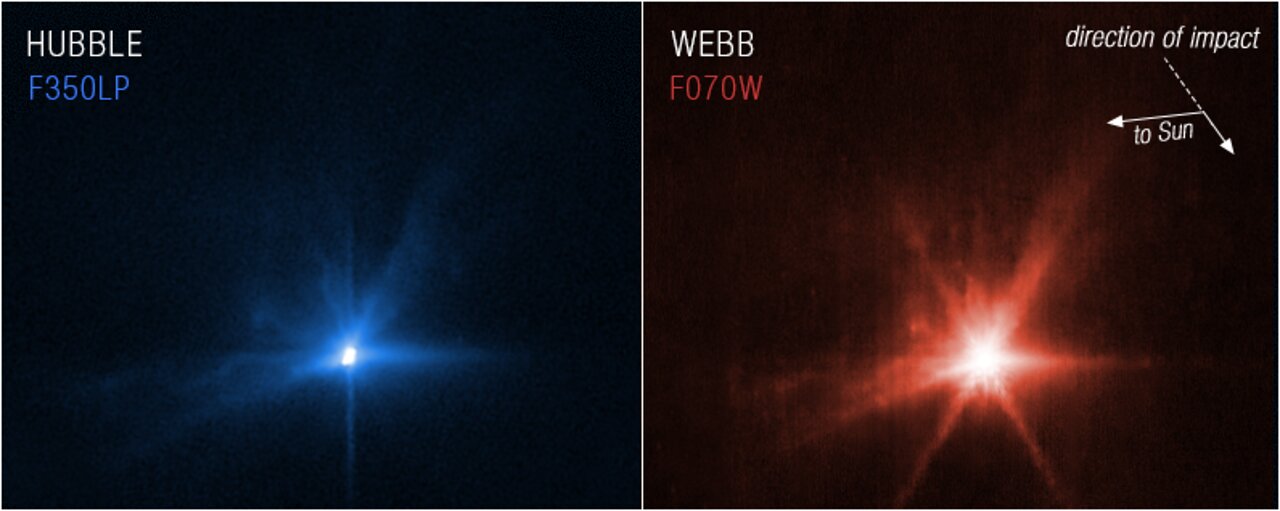You know, sometimes the old ways are the best. At least, when it comes to landing on Mars and other planets, it’s worth looking at past successes—and failures. That’s the case with an idea that engineers at NASA Jet Propulsion Laboratory are testing: crashing spacecraft onto surfaces.
Continue reading “Why NASA Is Trying to Crash Land on Mars”Why NASA Is Trying to Crash Land on Mars










